This is a table with some possible combinations and functions for the sonic screwdriver.
| Menu | input | output | combination result |
| RED, GREEN, BLUE, WW, UV, IR, MIX, LUMOS | fader | RED, GREEN, BLUE, WW, UV, IR | Turn on LEDs with intensity responding to fader (if pwm channel is given, otherwise just turn on the LED on press of the enter button) LUMOS will turn on RGB and WW LED on max output MIX will give you the mixed color of the last fader position for each color, this will also be the color of your screwdriver IR can be used for wiimote whiteboards |
| 433ANARCHY | 433mHz | will turn on and off every 433 switch around you, depending the button you press with | |
| DAZZ | - | rgb led, white led | Randomized switching of the LEDs like in the link - a non lethal weapon a doctor may approve. http://hackaday.com/2009/09/28/open-source-weapon-makes-you-puke/ |
| MAESTRO | accelerometer | rgb led | throwing the ssd would result in a colorful representation of the forces on each axis see the example "mpu2rgb" |
| THEREMIN | photoresistor | piezo speaker | also known as a light theremin |
| AUDIO | photoresistor | piezo speaker | almost the same as theremin, without tone but instead direct analog reading to pwm output |
| N/A | IR, RGB | RGB Remote for RGB LED stripes | |
| N/A | accelerometer + photoresistor | serial console | 3D scanning devise (probably very crude) |
| N/A | fader | piezo speaker | a trumpet or flute like instrument |
| N/A | accelerometer | IR led | controlling IR helicopters and cars remotely |
| N/A | - | piezo speaker, bar graph | metronome, using bargraph as binary display to show bpm / 10 |
| N/A | accelerometer | piezo speaker | alarm triggered by movement |
 davedarko
davedarko
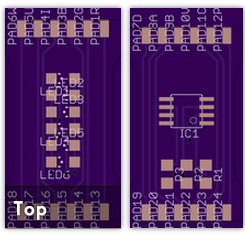

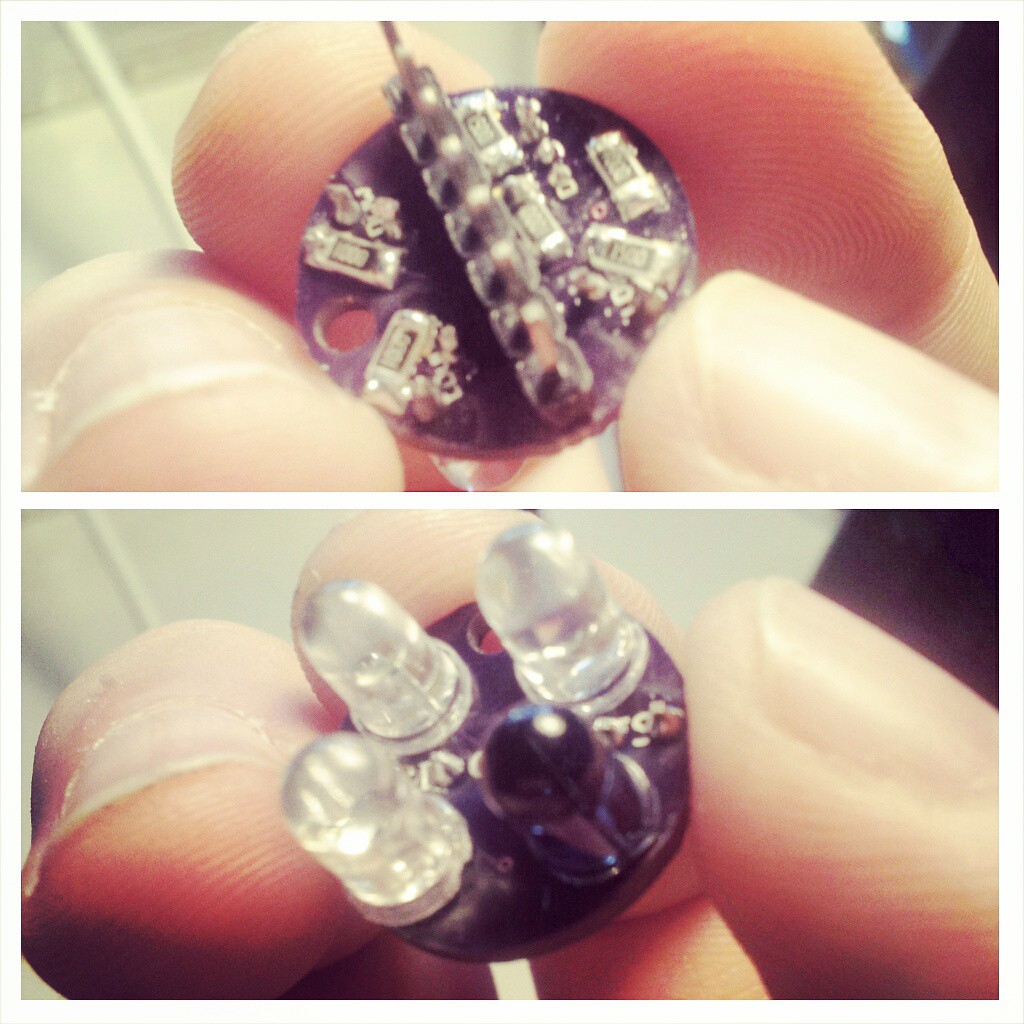
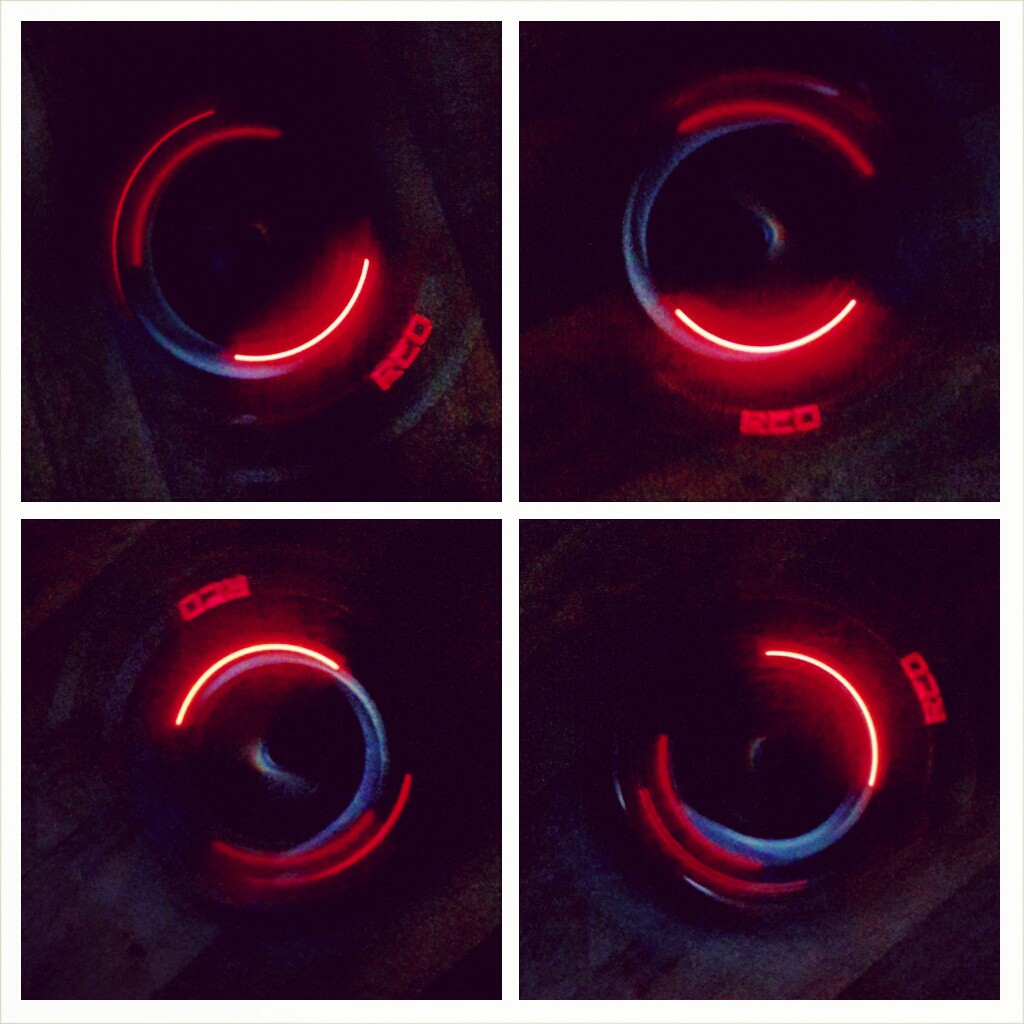
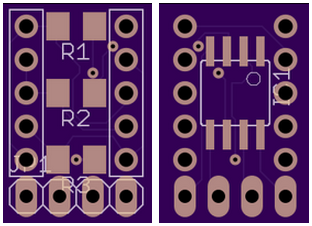




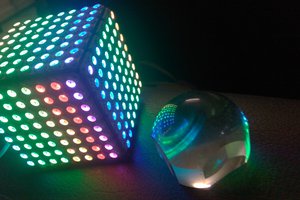
 Anool Mahidharia
Anool Mahidharia
 Tinkers Projects
Tinkers Projects
 matt thurstan
matt thurstan
 P
P
http://hackaday.io/project/3067
In the end I hope to use and ARM Cortex-M3 (STM32F103) MCU and have an accelerometer (because I already have a dev board with both). I like your idea of using a linear Potentiometer, makes it nice and sleek. I think I will use a pot with a knob on the end of something.